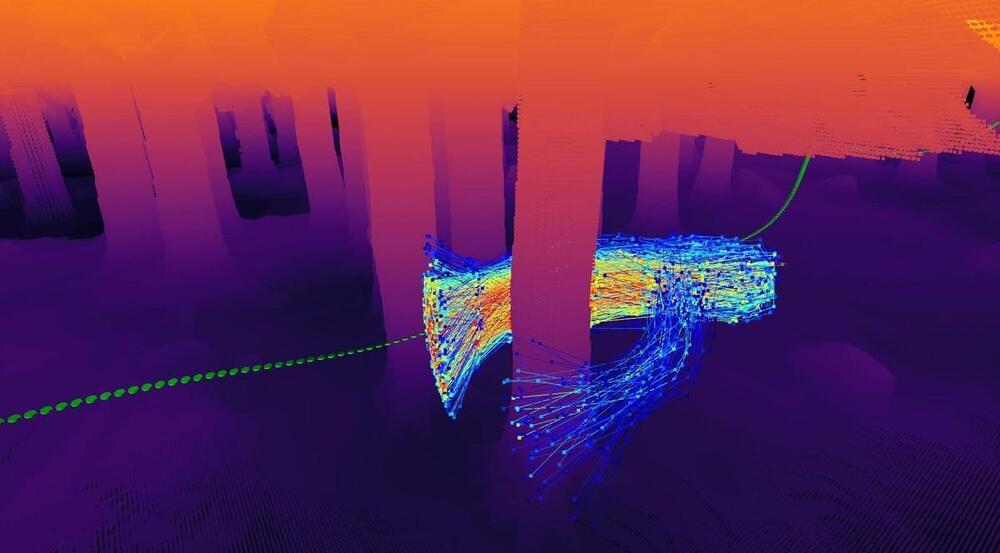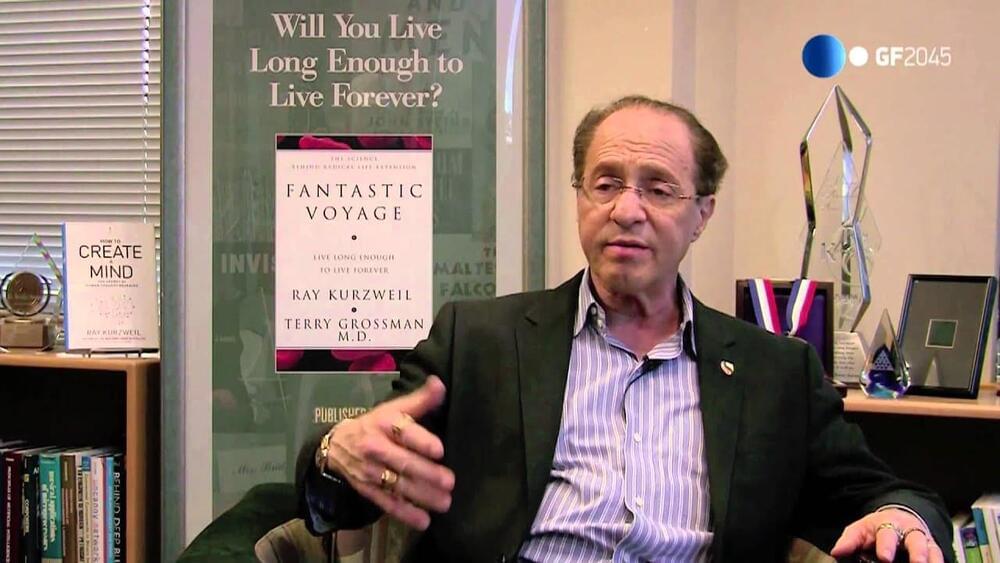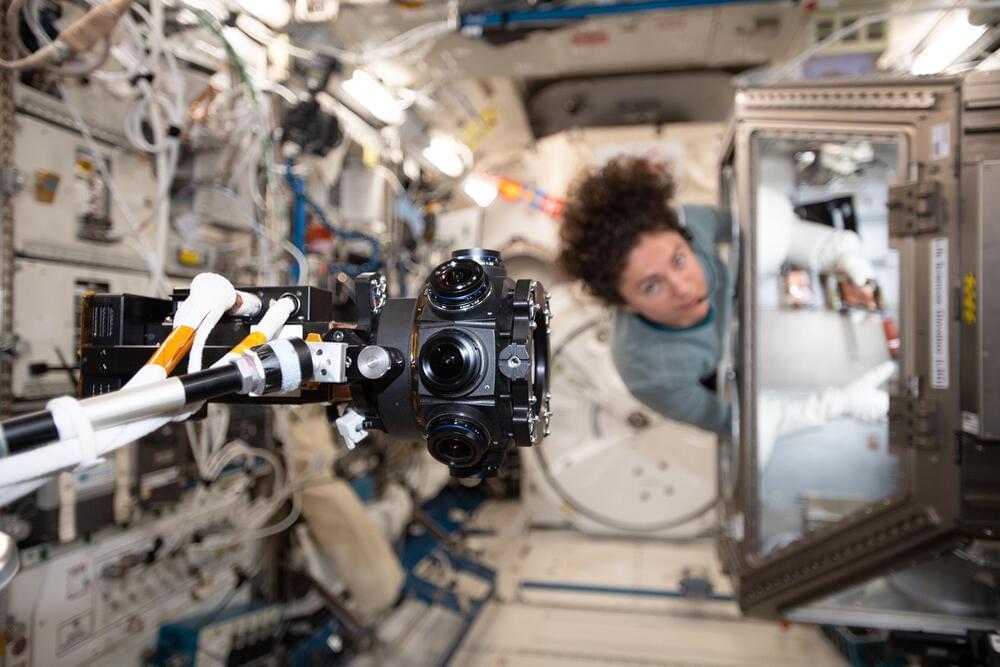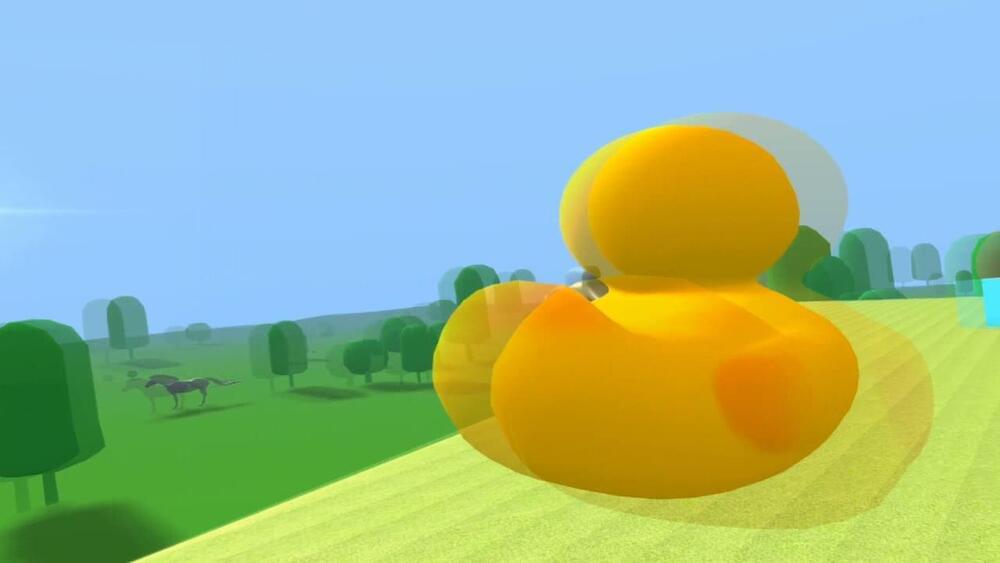A team from the University of Zurich has trained an artificial intelligence system to fly a drone in a virtual environment full of obstacles before setting it loose in the real world, where it was able to weave around obstacles at 40 kph (25 mph), three times as fast as the previous best piloting software. Lead researcher Davide Scaramuzza, Director of the Robotics and Perception Group, says the work, carried out in partnership with Intel, could revolutionize robotics by enabling machines to learn virtually.
A paper describing the project, Learning high-speed flight in the wild, was published this month in the journal Science Robotics.
“Our approach is a stepping stone toward the development of autonomous systems that can navigate at high speeds through previously unseen environments with only on-board sensing and computation,” the paper concludes.









